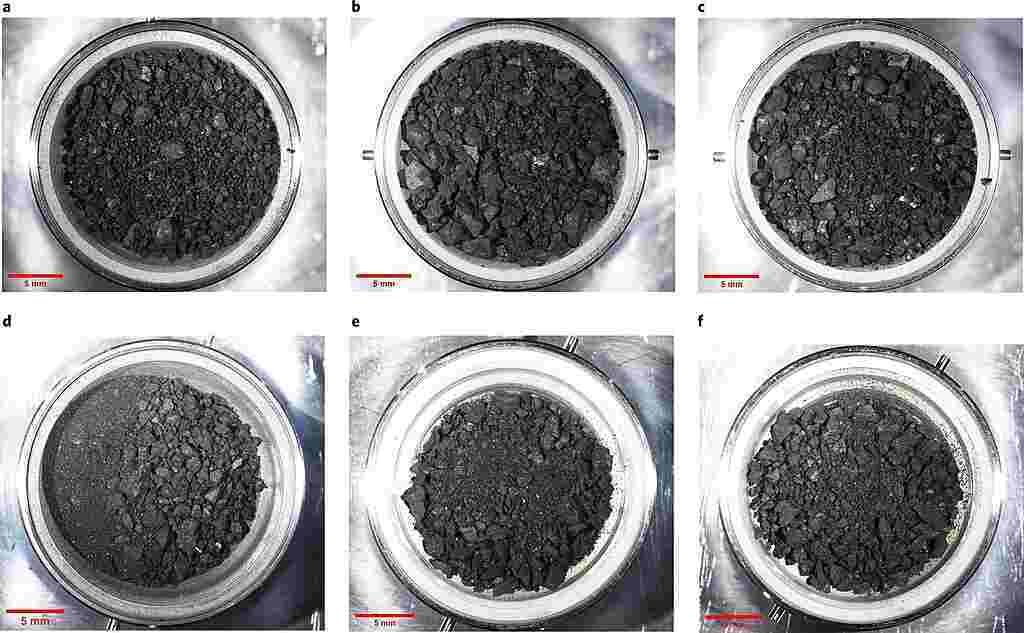E=MC2
E=mc2, equation in German-born physicist Albert Einstein’s theory of special relativity that expresses the fact that mass and energy are the same physical entity and can be changed into each other.
How did Albert Einstein come up with the formula E=mc² ?
Albert Einstein’s formula E = mc²
In the beginning, before Albert Einstein came up with his formula E = mc², the scientific world believed that mass & energy were 2 different phenomena in the universe.
However, certain events, such as radioactive emissions, cannot be explained by dividing mass and energy. Einstein worked on his formulas, assuming the speed of light was constant to provide a relationship that would later explain how stars work too.
How Einstein Invented Formulas
First, he was just guessing!
Yes, he guessed. He made it all! Without any evidence, or scientific reasoning, he just woke up one day and said “It must be so.” Then, in 1905, he published his “discovery” in a 3-page article in an obscure scientific journal.
Einstein was not the genius most people think. He did have a strange and prominent mind with a very strong curiosity. She wasn’t afraid to think differently than others around her believed.
Around the time Einstein was interested in physics (1895), electricity, magnetism and the phenomena of light were all under intensive study. A number of scientific theories and mathematical equations have been successful. There is even a kind of theory of relativity that exists, called the relativity principle, which was formulated centuries earlier by the astronomer Galileo.
Most scientists at the time were completely satisfied with these prevailing theories. There are some situations which these theories cannot explain, but these exceptions are considered insignificant and no one really pays attention to them.
Nobody, except Einstein, that’s it!
Einstein was intrigued by this “hole” in the prevailing theory. In fact, he enjoyed creating “mind puzzles” for himself, only to see if these theories could satisfactorily explain him.
Einstein’s presumption
What Einstein did was assume that the speed of light is constant! He assumed that nothing could travel faster than the speed of light and that all light travels at the same basic velocity, regardless of the observer.
Until recently, it had not been established that the speed of light was constant. Everyone thinks that time and distance are constants, but the speed of light, like the speed of everything in the universe, varies. But Einstein was willing to consider that what everyone believed about light, time and distance might be completely wrong!
So he took this assumption – that the speed of light was constant – and he returned to the mathematical and electromagnetic equations that had been worked out many years earlier. He then installed the letter “C” (constant) to represent the constant speed of light.
Albert Einstein derived this formula based on his observations in 1905 of the behavior of objects moving at speeds approaching the speed of light. The well-known conclusion he draws from this observation is that the mass of an object is actually a measure of the object’s energy content. On the other hand, the equation in question implies that all the energy present in a closed system affects the rest mass of the system.
Albert Einstein’s formula E=mc2
E = energy (J)
m = mass (kg)
c = speed of light (m.s-1)
E = mc² in physics is a formula that is often known and very important in explaining the equation of the value between energy (E) and mass (m), which is directly equivalent to the square constant of the speed of light in a vacuum (c²).
Simply put, this equation represents the correlation of energy to matter: in essence, energy and matter are two forms of the same thing. This simple equation has changed the way we think about energy and led to various technological advances. The formula e=mc2 shows that mass can be converted into energy and energy can be converted into mass.
Understanding E=MC^2
E=MC^2 represents the relationship between energy (E), mass (M), and the speed of light in a vacuum (C). The equation states that energy is equal to the product of an object’s mass and the square of the speed of light. It reveals the fundamental connection between matter and energy, demonstrating that even small amounts of mass contain vast amounts of energy.
Examples and Calculations:
- Calculation of Energy: Let’s consider an example where the mass (M) of an object is 1 kilogram (kg). By plugging this value into the equation, we can calculate the amount of energy (E) contained within this mass. Since the speed of light (C) is approximately 299,792,458 meters per second (m/s), we square this value and multiply it by the mass: E = (1 kg) x (299,792,458 m/s)^2 E ≈ 89,875,517,873,681,764 joules (J)
This calculation shows that even a small mass of 1 kilogram contains an enormous amount of energy, approximately 89.9 quadrillion joules.
- Conversion of Mass to Energy: E=MC^2 also reveals the potential for converting mass into energy. By rearranging the equation, we can determine the amount of energy that can be released from a given mass. For example, if we have 1 kilogram of mass, we can calculate the energy release by multiplying the mass by the square of the speed of light: E = (1 kg) x (299,792,458 m/s)^2 E ≈ 89,875,517,873,681,764 joules (J)
This calculation demonstrates the immense energy that can be unleashed by converting a small amount of mass.
- Nuclear Reactions: E=MC^2 is particularly relevant in the context of nuclear reactions, such as those occurring in the sun or in nuclear power plants. In these reactions, a small amount of mass is converted into a tremendous amount of energy, following the principles of Einstein’s equation.
Conclusion
E=MC^2 is a groundbreaking equation that has transformed our understanding of energy, mass, and the interplay between the two. It reveals the immense energy contained within even small amounts of mass and highlights the potential for converting mass into energy. Through calculations and real-life examples, we can appreciate the profound implications of this equation in the fields of physics, energy production, and our understanding of the universe.
Note: The calculations provided above are simplified examples to illustrate the concepts of E=MC^2. Actual calculations in the field of physics may involve additional factors and considerations.
Source: PinterPandai, The Health Resource Network
Photo credit: Pixabay



